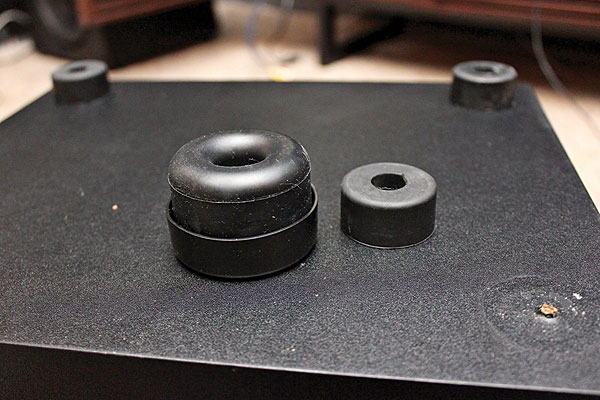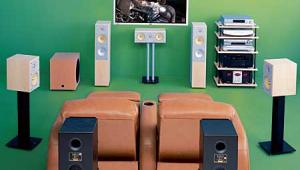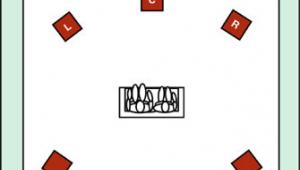VAF of Australia produce such a sub called the Platform:
http://www.vaf.com.au/picture-gallery.asp?dialog=true&file_id=34&folder_...
and
http://www.vaf.com.au/detail.asp?audio=Subwoofer&grunt=s200r26747
They can custom design the size of the unit. Cheers!























































